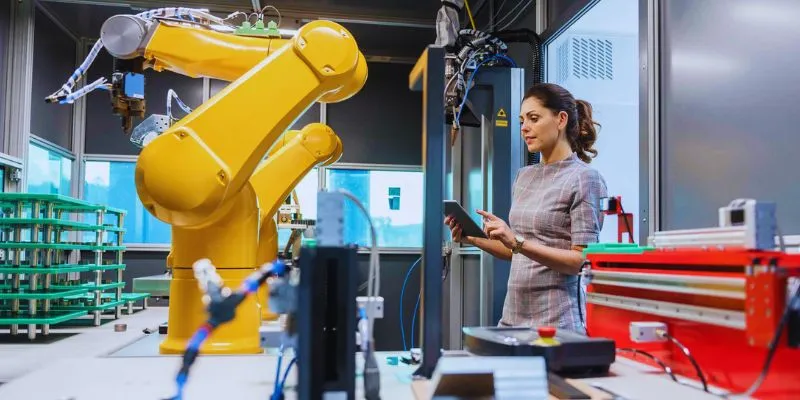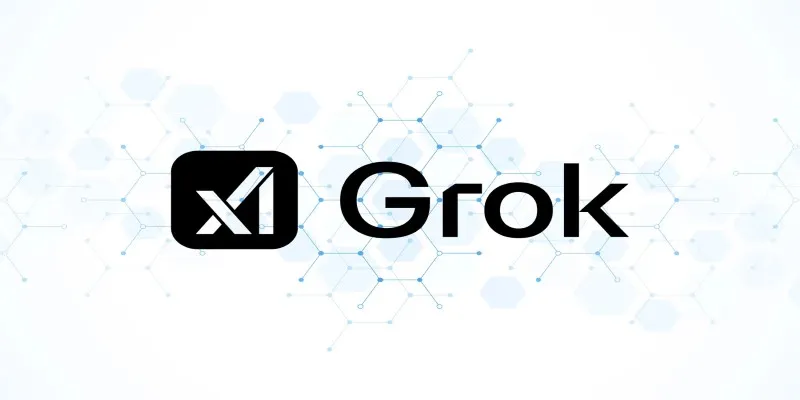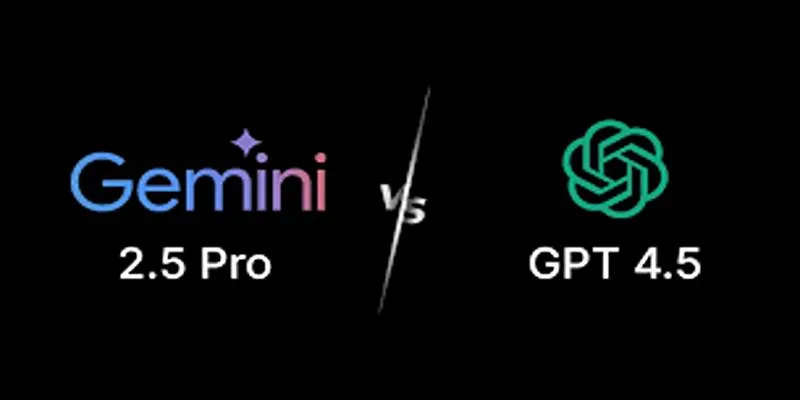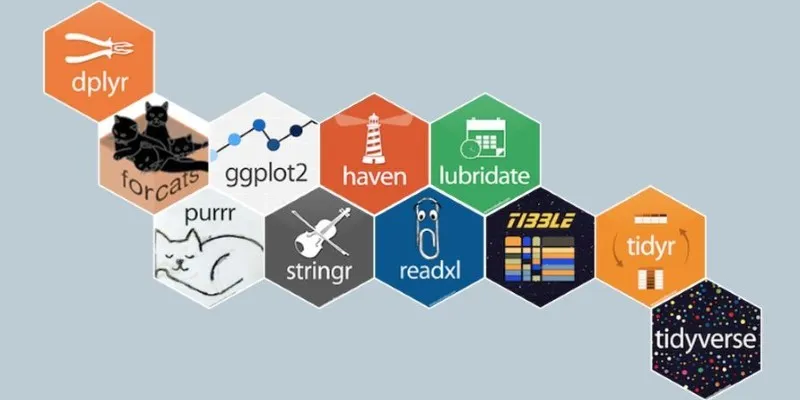Time series forecasting has always been a field full of challenges. Imagine all the patterns that come and go—some are loud and obvious, while others are so subtle you might miss them until they cause a disruption. Traditional models struggled to capture these nuances. Then, deep learning came along and improved things slightly. Yet, even with these advancements, something was still missing. Enter Transformers.
Originally designed for language tasks, Transformers have now found their way into unexpected areas of machine learning, including time series forecasting. With newer architectures like Autoformer entering the scene, things get even more fascinating. In this article, we’ll explore what makes Transformers ideal for time series forecasting and how Autoformer elevates their capabilities.
Why Transformers Excel in Time Series Forecasting
Attention Over Recurrence
Traditional time series models like ARIMA or LSTM focus on sequential processing, analyzing data point by point in a linear fashion. This approach works for short patterns but struggles with longer sequences.
Transformers revolutionize this by employing attention mechanisms, which allow them to focus on any part of the sequence at any time. If an event from 50 steps ago is relevant now, they can directly reference it without sifting through the entire sequence.
Parallel Processing Enhances Efficiency
Some models take ages to train, particularly with long sequences. Transformers process all the data simultaneously, eliminating bottlenecks. This not only speeds up training but also enhances flexibility, making them ideal for handling extensive sequences.
 Transformers process data simultaneously, offering efficiency and flexibility.
Transformers process data simultaneously, offering efficiency and flexibility.
Identifying Hidden Patterns
The attention mechanism allows Transformers to detect complex patterns—like periodic events or rare dips triggered by multiple factors. This comprehensive scanning capability makes them exceptionally proficient at forecasting.
Introducing Autoformer: A Transformer Tailored for Time Series
While base Transformers are effective, they weren’t initially designed for time series. This is where Autoformer comes into play, fine-tuning the attention mechanism specifically for forecasting. And the results speak for themselves—it truly performs better.
Series Decomposition
Autoformer performs a clever trick by decomposing the series into two parts: trend and seasonal components. The trend represents the overall movement, while the seasonal part captures repeating fluctuations.
By separating these components early, the model reduces noise and enhances prediction stability. This specialization allows different model parts to handle distinct forecasting tasks.
Auto-Correlation Based Attention
Instead of treating every pair of points equally, Autoformer focuses on auto-correlated sections—parts of the time series that resonate with each other. If last week’s data resembles current patterns, Autoformer notices and leverages this relationship.
Efficient Lookback for Long-Term Forecasts
Long-range forecasting is challenging for many models, often leading to vague predictions. Autoformer maintains clarity by compressing information without losing detail. It uses a pyramid-style encoder to simplify data as it progresses through the network, enabling precise long-term predictions.
How Time Series Forecasting Works with Autoformer
Step 1: Input the Time Series
Begin by inputting your data, whether it’s temperature readings, sales figures, or electricity usage. The order of the data is crucial.
Step 2: Decomposition First
Before forecasting, Autoformer decomposes the time series into trend and seasonal components. This step provides a cleaner foundation for the model.
Step 3: Apply Auto-Correlation Attention
Autoformer then compares sections of the seasonal component, linking similar parts, even if they are not adjacent. This unique capability allows it to learn from recurring patterns.
 Autoformer breaks down series into trend and seasonal components for cleaner analysis.
Autoformer breaks down series into trend and seasonal components for cleaner analysis.
Step 4: Forecast Trend and Season Separately
With the attention map in place, Autoformer generates separate forecasts for the trend and seasonal signals, each processed individually.
Step 5: Combine the Forecasts
Finally, the model combines these predictions to deliver the complete forecast, incorporating all real-world variables like curves and cycles.
Optimal Use Cases for Transformers in Forecasting
Transformers shine in specific scenarios, particularly in complex, long-range forecasting challenges.
- Long Sequences: Standard models falter with extended forecasts, but Transformers maintain performance.
- Irregular Repeating Patterns: Weather, stock prices, or traffic data often have irregular cycles. Transformers excel at deciphering these complexities.
- Scaling Requirements: With more data and longer sequences, Transformers manage effortlessly.
However, they require significant training data and computational resources. If these are available, the benefits are substantial.
Closing Thoughts
Though not initially designed for time series, Transformers have proven remarkably effective in this arena. Their attention-based structure enables them to handle longer sequences and uncover hidden patterns more effectively than traditional models.
When you introduce Autoformer, you get a tailored tool—more accurate, stable, and better suited for real-world data forecasting. Thus, Transformers are indeed powerful tools for time series forecasting, and with Autoformer, their potential only grows.
 zfn9
zfn9






















